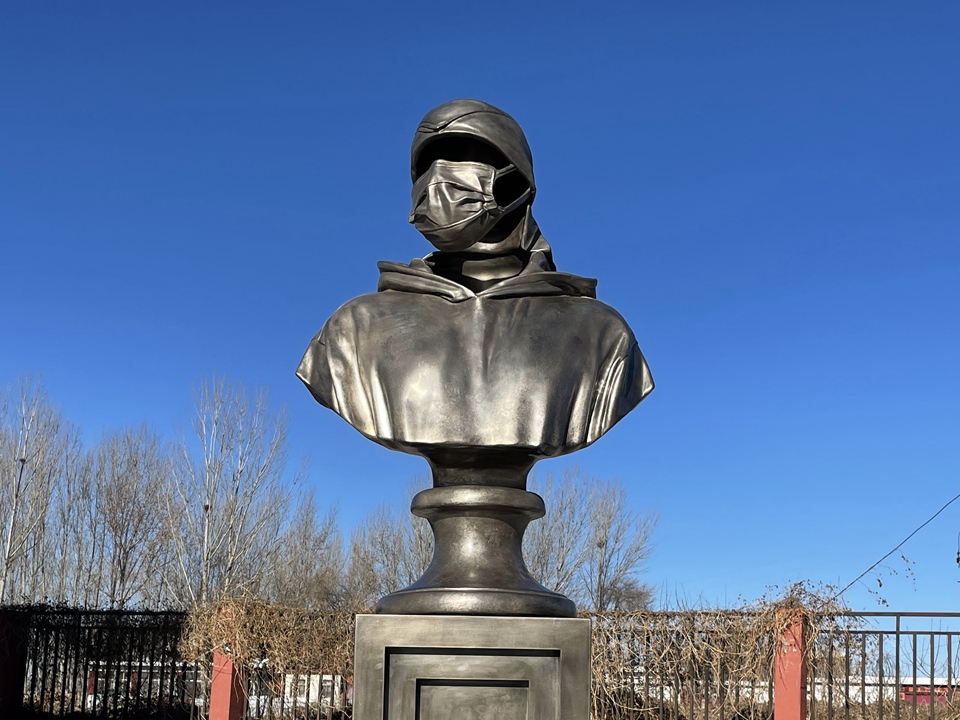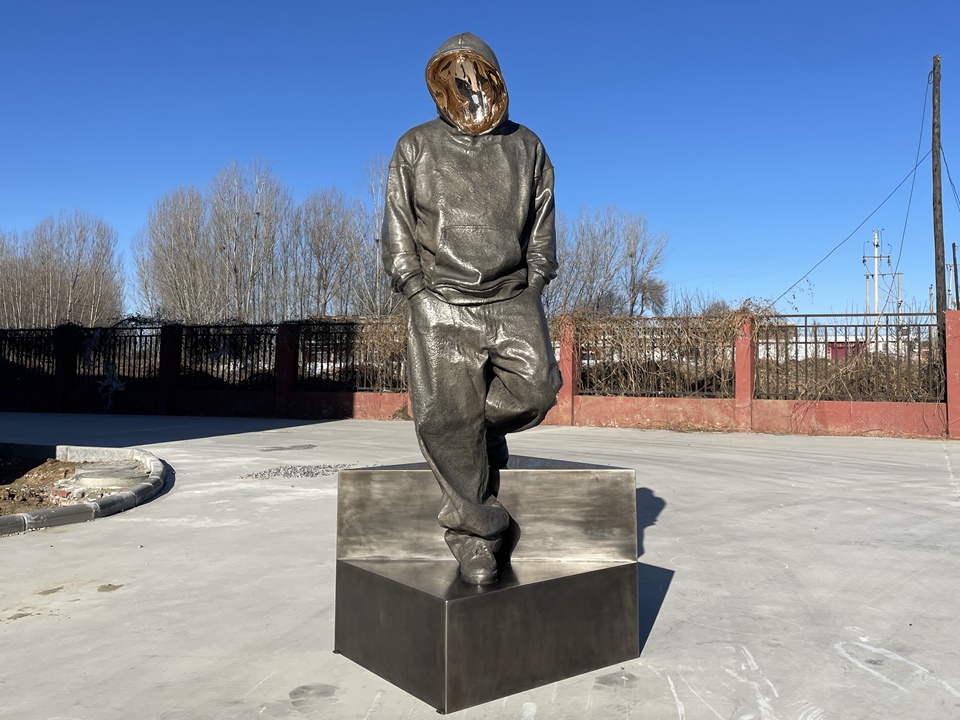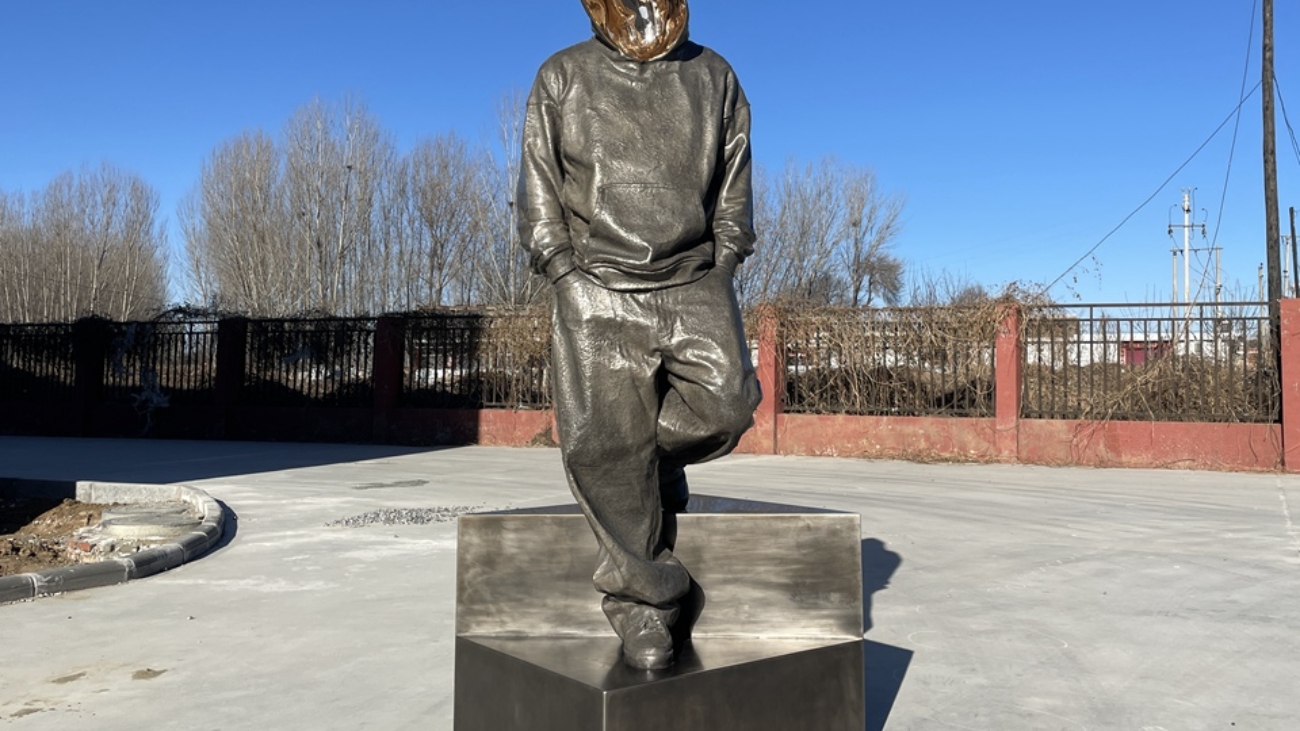Greek bronze sculptures are more than just pretty things; they also show the ideas about philosophy, sports, and myths that were important in ancient Greece. A Greek bronze sculpture is not like temporary decor because it links classical art with modern art. These works of art, made with lost-wax casting and chiselling, show moving human forms and divine stories in a way that no other works of art can. No matter where you put it, a Greek bronze sculpture will always look beautiful and add a sense of history. It could be in a garden, a gallery, or a private collection. This article talks about how these famous works of art have affected culture, how skilled the artists were, and how they are still important today.

Why Greek Bronze Sculptures Are Important in History
The Greeks loved sports and humanism, and bronze was the best way to show that. Two artists who changed sculpture forever were Polykleitos and Myron. They made anatomical accuracy and idealised proportions their top priorities. The Charioteer of Delphi (470 BCE), for instance, strikes a balance between realism and calmness, and its bronze surface has lasted for hundreds of years. Sculptors could make figures out of bronze that could stand on their own and do complicated poses, like a runner in mid-stride or a discus thrower in full rotation. These pieces of art were more than just art. They were political statements, religious gifts, and celebrations of what people can do. A Greek bronze statue today continues this tradition by making people think about the same things that shaped Western art.
How skilled ancient craftsmen were in making amazing bronze things
The lost-wax casting method, which was perfected in the 5th century BCE, is still a defining feature of Greek bronze work. To make a mould, the artisans first made a wax model, put it in clay, and then melted the wax. When they poured molten bronze (usually copper with 10% tin) into the hole, it made statues that were hollow and lighter but still strong. After casting, sculptors used chisels and punches to add details like facial expressions and folds in the drapery. This method lets you make both large statues and delicate jewellery. Modern copies use the same methods to make sure they are real. A Greek bronze sculpture should have small tool marks and natural patinas. These are signs of real skill.
New ways to look at Greek bronze sculptures in modern design
Designers today mix old and new styles. The Zeus of Artemision, which is now in the National Archaeological Museum, can be the main piece of a modern living room. It holds its thunderbolt high in defiance of time. Avant-garde collectors like abstract art that shows things like broken bodies or stylised mythical creatures. These pieces are even used by businesses. A bronze Pegasus in a lobby, for instance, stands for grace and ambition. Greek bronze sculptures are great for collectors who want something more than just mass-produced decor because each one tells a story. When you put these kinds of works next to plain backgrounds or natural materials like wood or stone, they look better without losing their value.

How to Care for Greek Bronze Statues
Bronze lasts longer than iron, but it doesn’t rust as easily. To keep your indoor plants from getting too humid, dust them with a soft brush once a week and put on microcrystalline wax once a year. Over time, outdoor pieces develop a green patina, which is a natural process that many collectors value. Don’t use strong chemicals. Use distilled water and mild soap to rinse instead, if you need to. Talk to conservators before you try to fix old replicas. To make them stronger, many modern sculptures are made with alloy blends, such as silicon bronze. Because of this, they look good both inside and outside. A Greek bronze sculpture that is well taken care of can last for hundreds of years, just like its ancient counterparts.
Ordering Custom Pieces: From the First Idea to the Last
Today, artists make custom pieces that bring Greek themes to life again. Imagine having a bronze statue of Aristotle in your study, contemplating the universe, or a Hercules that fits into your space and battles the Nemean Lion in your courtyard. To make sure the posture and clothing are right, work with foundries that specialise in historical methods. Clients can see pieces before they are cast with digital modelling. This makes sure that the proportions fit the spaces they are meant to fit. It’s also important to get things ethically. Good studios use metals that don’t come from areas of conflict and keep track of where they came from. A custom Greek bronze statue becomes a family heirloom, adding new stories to old meanings.
Conclusion: Investing in cultural heritage
A Greek bronze statue is more than just a pretty thing; it’s a sign of how creative people are and how art has changed over the years. Collectors honour the past and make the future look interesting by putting things like these in modern settings. These sculptures make people talk, make them feel something, and are still important parts of culture, whether they are real antiques or modern versions of them. Greek bronze is one of the most timeless materials for art, which has a lot of meaning and history.



Add a Comment